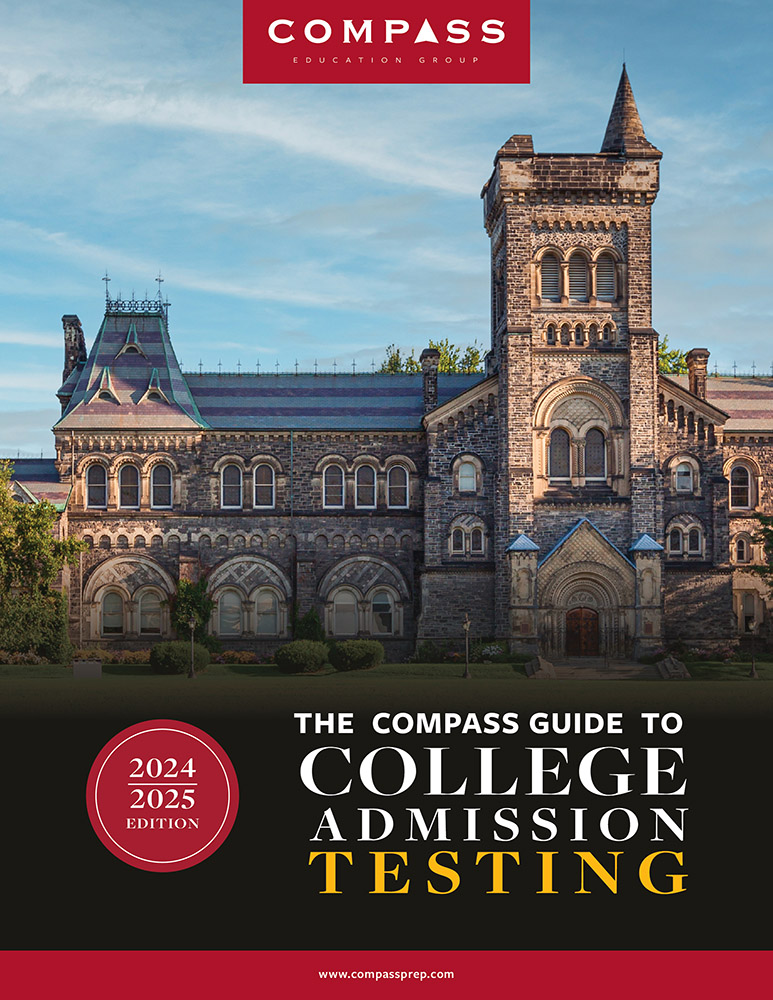
To improve their scores on the ACT and the SAT, students do not need to read novels like The Catcher in the Rye and 1984. For students who despise reading assigned by their English teachers, any reading is better than no reading at all.
Reading comprehension is arguably the most important skill on any standardized test, regardless of whether a student is preparing for the ACT or the MCAT. The psychometricians who write ACT and SAT problems know that students tend to misread, and traps for careless readers—such as solving for y when the question asks for x or answering a question about a character’s mother instead of the character itself—appear everywhere on the exam.
Not only are these tests filled with traps, but they’re also four hours long! By reading more, a student improves her stamina. Neuroscientist Baroness Susan Greenfield discovered that reading can help improve a student’s attention span, which suffers from the proliferation of screen reading and short-form communication like text messages.
Why don’t students read to their potential?
Many students have deep-rooted reading anxieties, which discourage them from reading leisurely.
A close friend of mine, a woman who graduated with high honors one semester early from college before progressing to a successful career in market research, refuses to read leisurely because of an inaccurate childhood perception that she reads slowly.
In my experience as a Compass tutor, I have found that a student’s distaste for reading has less to do with the student’s intelligence and more to do with a student’s mindset. Ease a student into the habit of reading, just like you would ease her into a new workout routine, and the process becomes much easier.
For my students who were interested in sports, for instance, I would recommend Bill Simmons’ now-defunct Grantland, a website that has since been re-established as The Ringer. I also assigned newspaper and long-form magazine articles about current events, politics, and pop culture. The New York Times is historically an excellent resource for students because it organizes articles by various topics and allows students to read 10 brilliant articles per month. In some scenarios, I would even ask students to pick their own articles to read and annotate just like they would an SAT or ACT passage.
A student does not have to read novels.
For many students, any additional hours spent reading will be better than not reading at all. Note, however, that some students who already read at advanced levels may not gain any benefit from reading simple baseball game recaps. While students do not have to read novels, they should be reading at a level that challenges them for a duration of time that helps them increase their stamina. Depending on a student’s ability, I would assign some students one article per week and other students five articles per week.
Does your student despise novels but have an obsession with Justin Bieber? Slip this Rolling Stone article about “How Justin Bieber Got a Heavy-Metal Makeover” under your student’s door. Soon, your student’s curiosity may inspire her to find other articles by the same author or about Justin Bieber, learn about Bieber’s influences, and read more about those influences too.
Even if your student only reads one article and doesn’t feel inspired to read more, she’s still one article more well read than before. Try slipping another article under your student’s door.
Alternatively, does your student take five AP courses and read novels like Toni Morrison’s Beloved and nonfiction like Robert Kennedy’s Thirteen Days for class? If that student spends free time watching TV, encourage your student to read a leisure book for two hours for every one hour of TV. This student could easily handle this ratio of TV to reading. Gauge your student and her abilities and adjust accordingly.
Another classic example for students of all abilities is to encourage them to read books or scripts based upon or that inspired their favorite movies or TV shows.
Reading is a lifelong skill that a person can always improve and never perfect. While students of all abilities tend to find ACT and SAT passages mostly boring, my students who scored the highest tended to have read for more hours than my students who had not, whether it was because they read books for leisure or because they began reading at an earlier age. Reading passages and word problems on the ACT/SAT may not be interesting, but these passages don’t have to be intimidating.
If nothing else, reading has also been shown to reduce stress levels, and the college admissions process can be a stressful time in a student’s life. According to researchers at the University of Essex, reading can reduce stress levels by 68%.
In encouraging students to read anything, you are encouraging your student to build a foundation that lends to his future success as a test taker, as a thinker, and even as a future leader. It’s no secret that the benefits of reading go far beyond these tests. For now, let success on these exams be a student’s motivation to read more.

